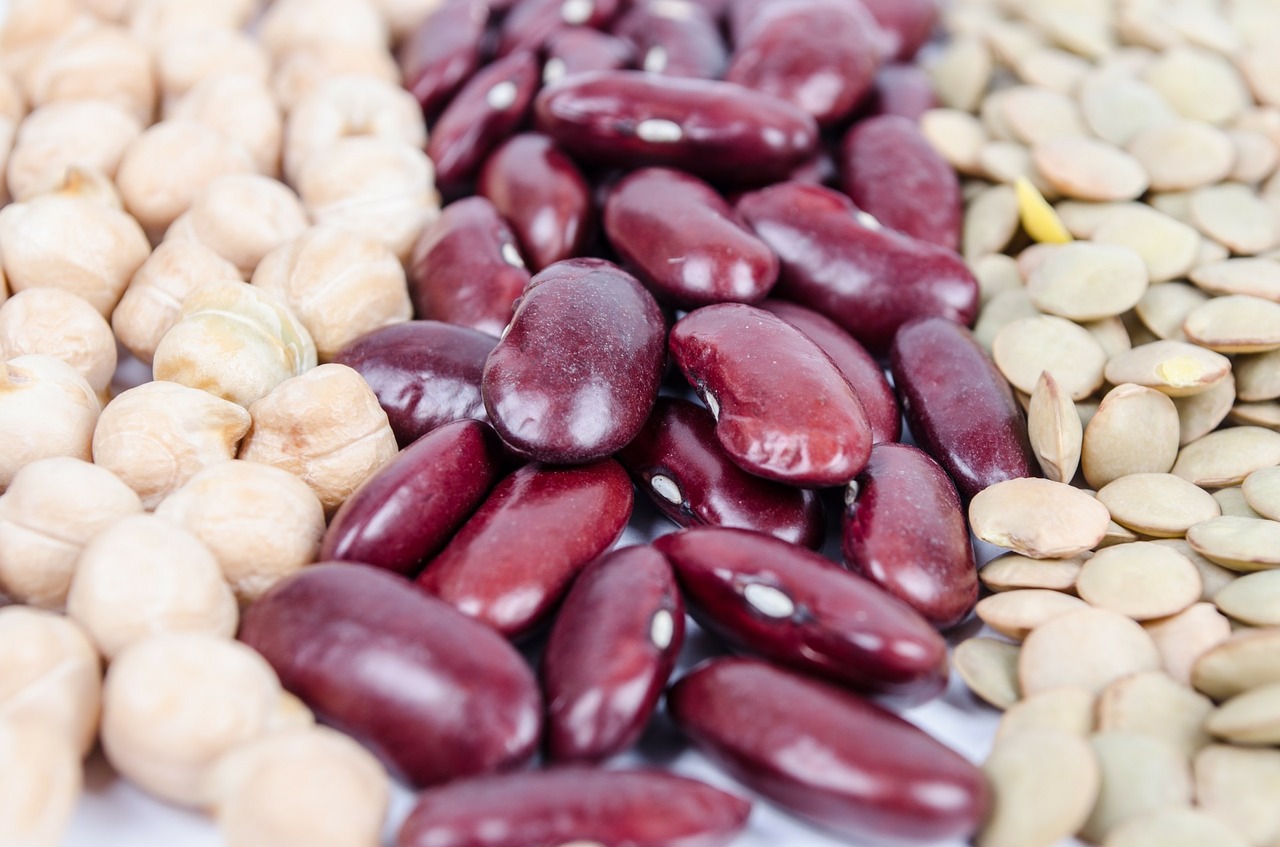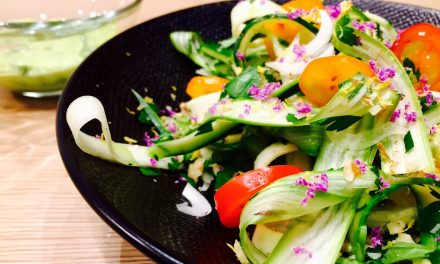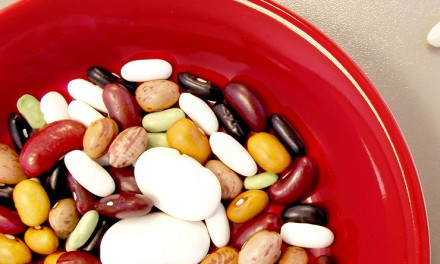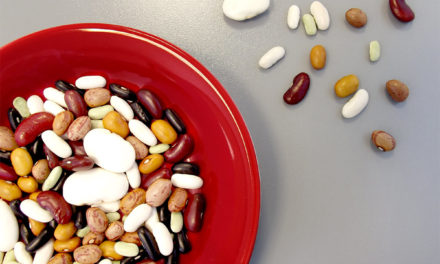Pulses sometimes have a bad reputation. This is mostly due to a lack of knowledge of their properties and their methods of cooking. Some tips and tricks will help to to make them real allies for all your dishes!
1. To reduce cooking time
The pulses can be long to cook up to several hours. But for most of them, there is a magical step: soaking. Simply place your dry legumes in a bowl of water and forget about them until the evening or overnight. They cook so much faster when you will put them in a pot of boiling water to prepare your dish. Remember to discard the soaking water and rinse your pulse to make them more digestible!
Once ready, the pulses keep very well and heats easily, without losing their flavor. You can thus prepare a large quantity, and then store them in the refrigerator or freeze them… And it is gone to concoct delicious recipes without waiting!
Furthermore, some dried vegetables don’t require soaking and cooking very quickly: lentils, Beluga or coral, for example, as soon as the pasta or rice cooking.
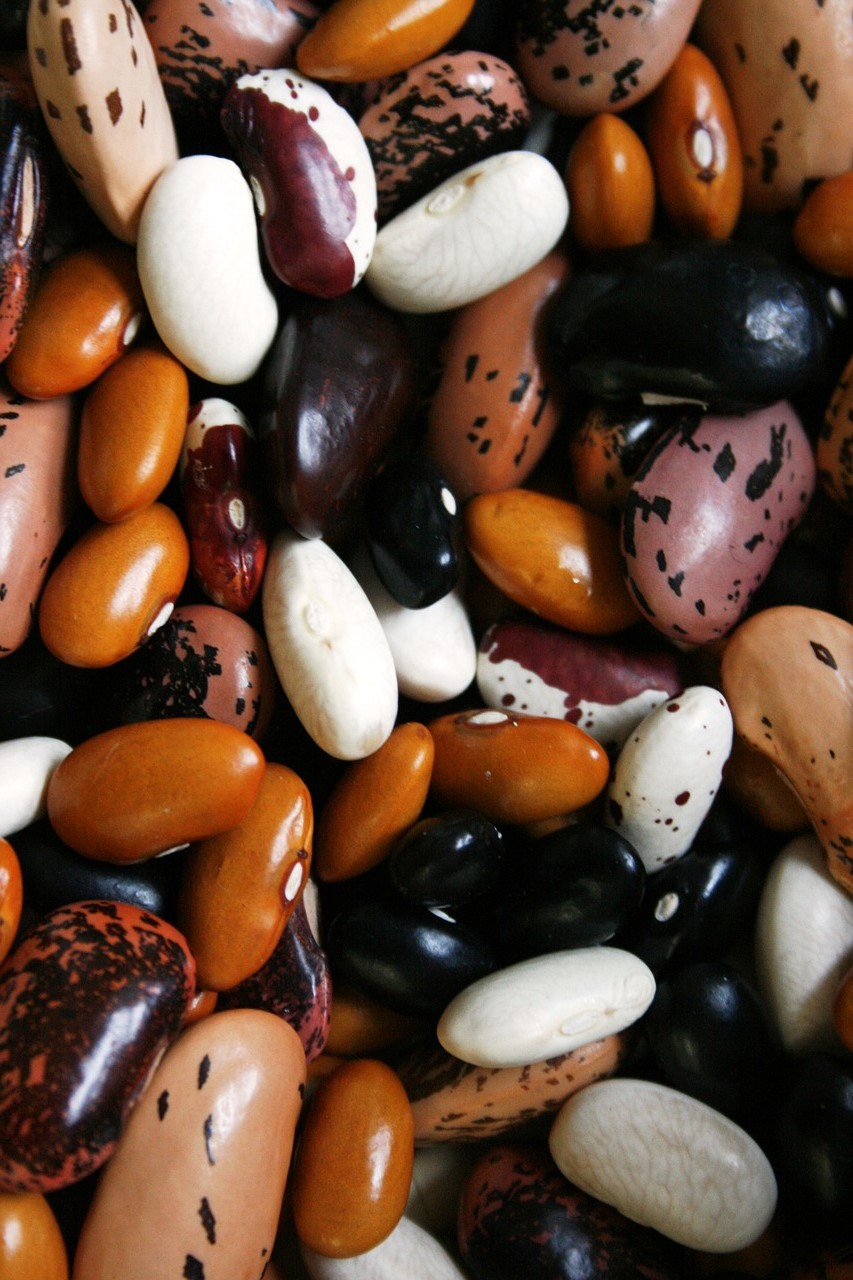
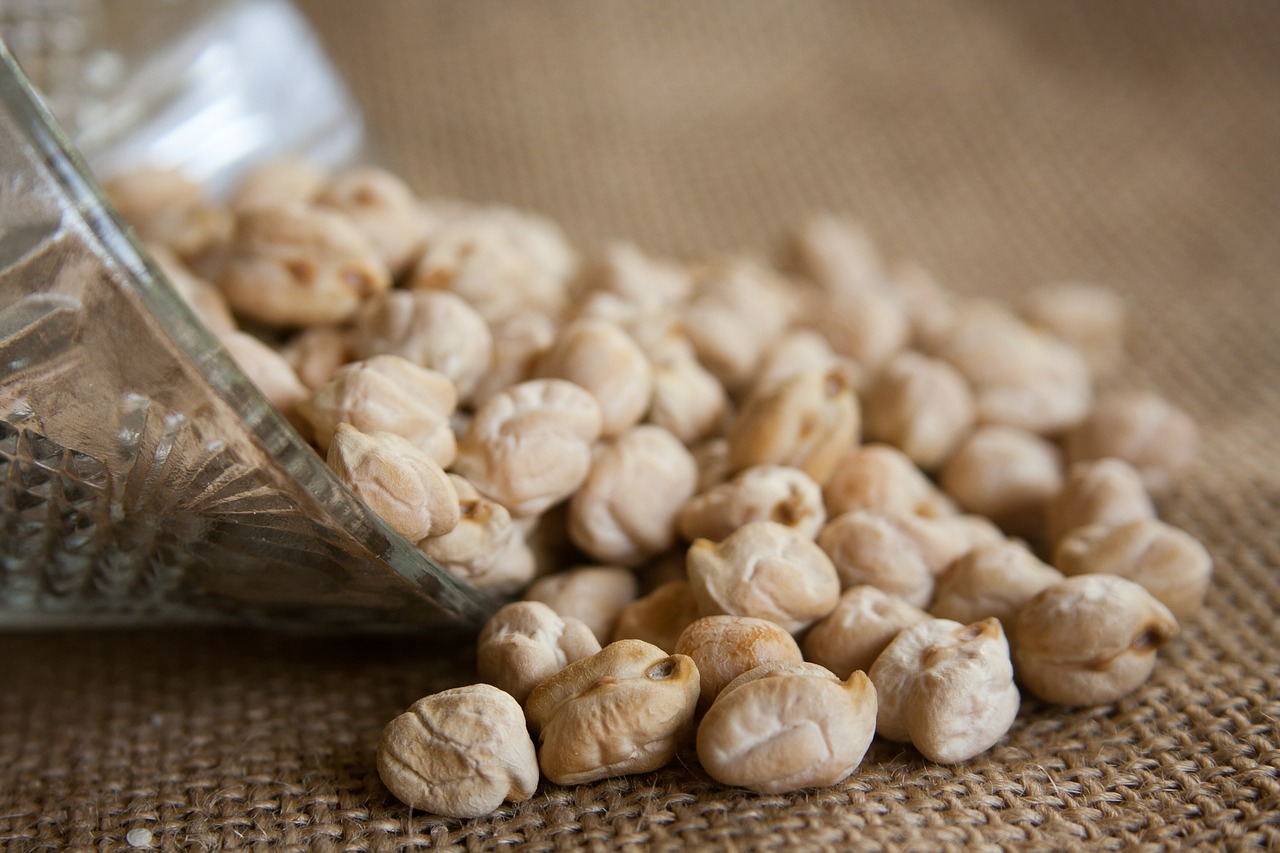
2. To favour digestibility
Pulses have the reputation of being source of digestive discomfort… unless you know how to coax! For some people, pulses favour production and accumulation of gas at colonic level, generating flatulence. Good news: the substance of this phenomenon (known as alpha-galactoside,) can be largely eliminated by soaking your pulses with food bicarbonate, a natural product very useful for the kitchen, maintenance or sanitation.
3. Salt? Yes, but not right away!
When cooking pulses, you should salting the cooking water at the end, when they are already al dente. If you put the salt from the beginning, cooking will last longer and pulses will tend to harden.
4. Plenty of water
Finally, think about putting a lot of water (about 3 volumes of water for 1 volume of pulses) for optimal cooking. Moreover, pulses can foam during cooking, so take a saucepan just high enough to be quiet.
